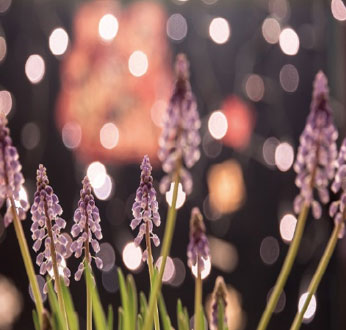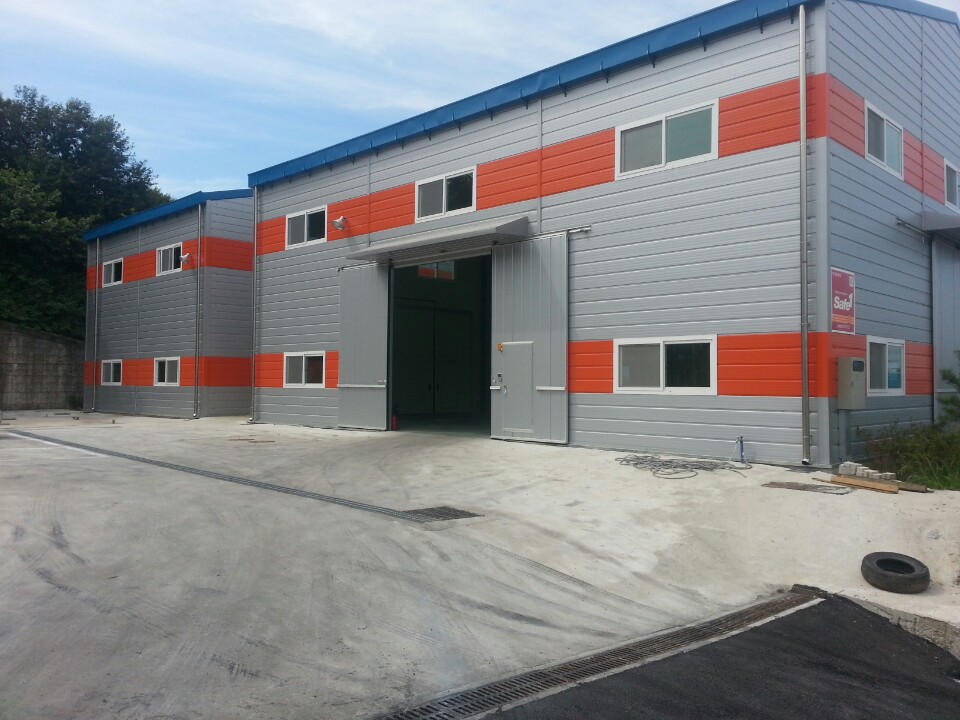Discover the Fascinating World of Thermochromic Pigment Powder: A Comprehensive Guide
Are you looking for a way to add some fun and excitement to your DIY or craft projects? Look no further than thermochromic pigment powder! This fascinating material changes color in response to temperature, creating an eye-catching effect that will amaze and delight anyone who sees it. In this comprehensive guide, we’ll explore everything you need to know about using thermochromic pigment powders, from the different types available to how best to use them in your projects. Get ready to discover the colorful world of thermochromic pigments!

Thermochromic Pigment
Color Change Pigment
Click Here
Photochromic Pigment
Photochromic Capsule
Click Here
Aroma Pigment
Aroma Capsule
Click Here
Functional capsule
Functional Pigment
Click Here
Hydro capsule
Hydro Pigment
Click Here
Phase Change Pigment
Phase Change Capsule
Click HereWhat are thermochromic pigment powders?
Thermochromic pigment powders are a type of material that changes color in response to temperature fluctuations. These pigments contain tiny particles that react to heat by altering their molecular structure, which causes them to absorb and reflect different wavelengths of light. As the temperature changes, so does the color of the pigment.
Thermochromic pigment powders come in a variety of colors and activation temperatures, ranging from below freezing to over 100 degrees Fahrenheit. They can be used on a range of surfaces including paper, fabric, plastics, and even ceramics.
One key benefit of using thermochromic pigments is their ability to add an element of surprise or interactivity to projects. For example, adding thermochromic powder into paint or ink for use on clothing can create designs that change color when exposed to body heat or sunlight.
However, it’s important to note that thermochromic pigments have limitations as well. The colors may fade over time with continued exposure to UV light or other environmental factors. Additionally, they may not be suitable for certain applications where high temperatures are involved.
Thermochromic pigment powders offer an exciting way for artists and makers alike to add some extra flair and intrigue into their projects through the magic of changing colors!
thermochromic pigment manufacturer thermochromic pigment supplier thermochromic pigment powder Color Change Pigment Manufacturer Color Change Pigment Supplier microcapsule pigment
What are the benefits of using thermochromic pigment powders?
Thermochromic pigment powders are not only visually appealing, but they also offer a wide range of benefits for various applications. For one, these pigments can be used as temperature indicators in packaging materials and containers that hold temperature-sensitive products like frozen foods and vaccines.
Additionally, thermochromic pigments can be applied to textiles for use in sportswear or outdoor gear that changes color with changes in body temperature or ambient weather conditions. This adds both functionality and uniqueness to the product.
Another advantage of using thermochromic pigment powder is its application in art and design. These pigments allow artists to create dynamic pieces that change color based on light or heat exposure, adding an interactive element to their work.
Moreover, the ability of thermochromic pigment powder to change colors according to temperature fluctuations makes it ideal for use in battery packs and electronic devices where overheating may pose a risk.
The benefits of using thermochromic pigment powders are endless – from functional purposes such as indicating temperatures on packaging materials or electronic devices, to enhancing aesthetics through dynamic artwork and unique fashion designs.
How to use thermochromic pigment powders?
Using thermochromic pigment powders is a fun and creative way to add an element of surprise. Here are some tips on how to use them:
Firstly, it’s important to note that thermochromic pigments work by changing color according to temperature. When exposed to heat or cold, these pigments can undergo a range of color changes from invisible to vibrant colors.
To start, you’ll need the right materials – including the pigment powder itself, a clear base medium such as acrylic paint or resin, and any tools required for mixing and application.
Next, mix the thermochromic pigment powder into your chosen medium until fully incorporated. Use caution when handling the powder as it can be messy and stain clothing.
Once mixed well together, apply your newly created mixture onto your desired surface using either brush strokes or spraying techniques depending on what you’re working with.
Expose your creation to different temperatures such as hot water or ice cubes in order see the magic happen! Keep in mind that thermochromic pigments may fade over time if exposed frequently at high temperatures above 80°C so avoid exposing them too much heat.
With these simple steps and some creativity on hand, anyone can enjoy experimenting with this fascinating world of Thermochromatic Pigment Powder!
What are the different types of thermochromic pigment powders?
Thermochromic pigment powders come in various types, each with unique features and properties. The most common type is known as liquid crystal thermochromics, which changes color depending on the temperature range. Liquid crystal thermochromics are ideal for use in textiles, where they can be incorporated into fabrics to create mood-changing garments.
Another type of thermochromic pigment powder is leuco dyes, which change color based on pH levels rather than temperature. Leuco dyes typically react when exposed to an acidic or basic environment and can be used in medical applications such as pH-sensitive drug delivery systems.
Thermocolors are another variety of thermochromic pigments that transition between colors at a specific temperature range. They are often used in packaging materials to indicate if food or beverages have been heated to the optimal temperature before consumption.
Photochromatic pigments respond to UV light exposure by changing their color instantly. Photochromatic pigments are commonly found in eyeglasses and lenses that darken under bright sunlight.
Understanding the different types of thermochromic pigment powders available allows individuals and businesses to choose the best option for their application needs.
What are the limitations of using thermochromic pigment powders?
While thermochromic pigment powders have many benefits and are incredibly fascinating to work with, there are some limitations that need to be considered.
Firstly, one of the main limitations is that the color change temperature range may not always match your specific application needs. Different types of thermochromic pigments have different activation temperatures, so it’s important to choose the right one for your desired effect.
Another limitation can be durability. Thermochromic pigments tend to be less stable than traditional pigments and can fade or lose their effectiveness over time when exposed to UV light or harsh conditions.
Additionally, using too much pigment powder in a product can lead to an uneven distribution of color and texture issues. It’s important to use the recommended amount according to instructions provided by the manufacturer.
While thermochromic pigments offer unique effects in products such as clothing or packaging materials, they may not be ideal for certain applications like automotive coatings due to potential safety hazards if heat activates them unexpectedly.
Understanding these limitations is crucial when working with thermochromic pigment powders. By doing so you can make informed decisions about how best to incorporate this exciting technology into your projects.
Conclusion
To sum it up, thermochromic pigment powders are a fascinating world that offers endless possibilities for creative minds. They can add an element of fun and surprise to a wide range of products, from clothing to toys to packaging. These pigments react to temperature changes in the environment, making them interactive and engaging.
Using thermochromic pigment powders is relatively easy; all you need is some creativity and imagination. You can mix them with different mediums like paint or ink or use them as they are. However, keep in mind that these pigments have their limitations too. They may not be suitable for applications that require long-term exposure to sunlight or heat.
Exploring the world of thermochromic pigment powders can lead you down a path of innovation and inspiration. Whether you’re an artist looking for new ways to express yourself or a product designer searching for unique features, these magical pigments are sure to capture your imagination!



